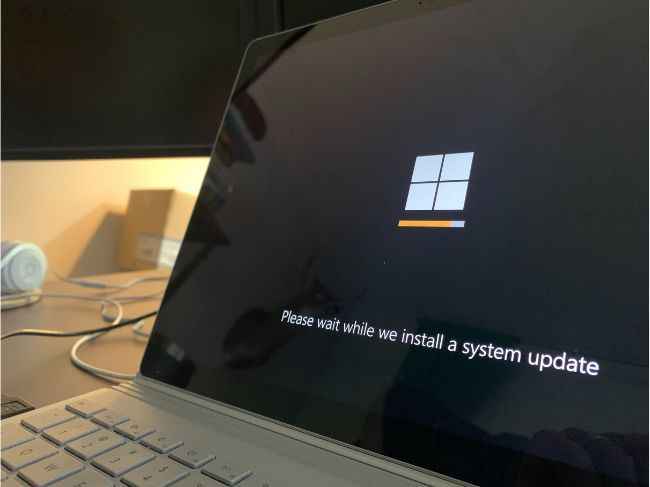[ad_1]
Microsoft has reportedly failed at defending Home windows in opposition to malicious drivers. Though the corporate has marketed that its Home windows Replace mechanism blocks weak drivers, a publication has proved in any other case, declaring that the record of affected drivers was not up to date in time. This, in flip, left hundreds of thousands of shoppers unguarded in opposition to a malware an infection approach that has been energetic not too long ago known as BYOVD, which stands for “brings your personal weak driver.” Let’s perceive what occurred intimately.
Hackers are exploiting malfunctioning laptop drivers to get entry to methods

Sometimes, drivers are instruments that assist a pc perform with peripheral gadgets reminiscent of printers, cameras, and graphics playing cards, amongst others. They act as a bridge between the core of the working system and the gadget to get a selected activity performed. Within the course of, drivers usually require entry to the kernel, probably the most delicate a part of an working system.
To keep away from kernel from unauthorised entry, Microsoft doesn’t permit drivers from untrusted sources to entry it. Nevertheless, hackers and dangerous actors are actually utilizing “reliable drivers” that include reminiscence corruption vulnerabilities to get previous the safety obstacles set by Microsoft. Such drivers have allowed cybercriminals to entry the kernel and take management of customers’ gadgets, and this system of utilizing official-but-compromised drivers is known as BYOVD. The tactic has been in use since 2012.
Microsoft ought to have up to date the record of blocked drivers three years in the past
The report by ArsTechnica mentions that “Microsoft is conscious about the BYOVD risk and has been engaged on defenses to cease these assaults, primarily by creating mechanisms to cease Home windows from loading signed-but-vulnerable drivers.” Nevertheless, the report additionally mentions that Microsoft’s method didn’t work nicely. Microsoft Home windows Replace has didn’t replace the record of compromised or affected drivers, opening an opportunity for dangerous actors to misuse them.
Dan Goodin of ArsTechnica and Peter Kalnai, a researcher at ESET, discovered that the function that blocked affected drivers on Microsoft Home windows on a PC didn’t cease a Home windows 10 Enterprise system from loading a weak Dell driver.
Senior vulnerability analyst at ANALYGENCE, Will Dormann, found that the ASR system Microsoft talks about doesn’t work. The analyst has additionally concluded that the “driver blocklist for HVCI-enabled Home windows 10 machines hadn’t been up to date since 2019, and the preliminary blocklist for Server 2019 solely included two drivers.”
The Microsoft advisable driver block guidelines web page states that the motive force block record “is utilized to” HVCI-enabled gadgets.
But right here is an HVCI-enabled system, and one of many drivers within the block record (WinRing0) is fortunately loaded.
I do not imagine the docs.https://t.co/7gCnfXYIys https://t.co/2IkBtBRhks pic.twitter.com/n4789lH5qy
— Will Dormann (@wdormann) September 16, 2022
In response, a Microsoft supervisor took to Twitter to say that the corporate had up to date the net paperwork and added a obtain containing directions to deploy the blocklist updates manually. Nevertheless, it is very important be aware that this isn’t the final word resolution. Microsoft ought to roll out the blocklist updates by way of the Home windows Replace mechanism to guard all customers in opposition to the risk.
For extra know-how information, product critiques, sci-tech options and updates, preserve studying Digit.in.
[ad_2]
Source link


